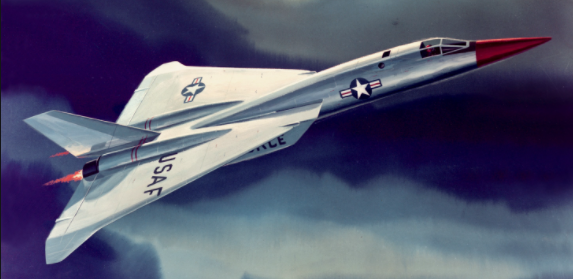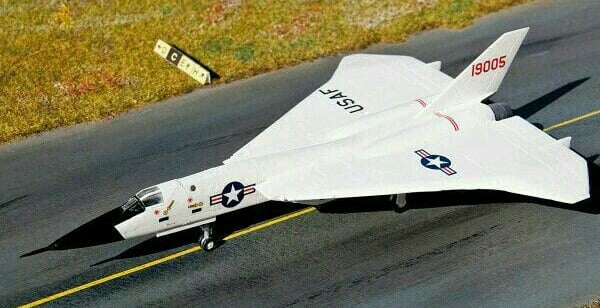F-108 | Valkerie's Little Brother
fact for 21/5/2021
FACTS


The North American XF-108 Rapier was a proposed long-range, high-speed interceptor aircraft designed by North American Aviation intended to defend the United States from supersonic Soviet strategic bombers. The aircraft would have cruised at speeds around Mach 3 with an unrefueled combat radius over 1,000 nautical miles, and was equipped with radar and missiles offering engagement ranges up to 100 miles against bomber-sized targets
Design and specifications
The initial F-108 configuration featured a very large "cranked" Delta Wing. There were fixed ventral stabilizers on the wings, mounted at mid-span, and a tall all-moving vertical tailfin, supplemented by two ventral stabilizers that extended when the Landing Gear retracted. Although some earlier versions of the design had separate tailplanes or forward canards, both were abandoned in the final design. The large fuselage and wing had two and five fuel tanks, respectively, giving an estimated combat radius of some 1,100 nautical miles (2,000 km). Top speed was estimated at 1,980 miles per hour (3,190 km/h), about Mach 3, at 81,800 feet (24,900 m). The aircraft was powered by two General Electric J93 turbojet engines, also used in North American's XB-70 Valkyrie bomber, in the fuselage.
The F-108 was intended to carry the Hughes AN/ASG-18 radar, the U.S.'s first pulse doppler radar set. It was to have look down/shoot down capability, but could track only one target at a time. The radar was paired with an Infrared Search And tracking system (IRST) system on the wing leading edges. The radar was used to guide the Hughes GAR-9 (later redesignated AIM-47) air to air missile, three of which would be carried on a rotary launcher in an internal weapons bay. The GAR-9 was a very large, long-range weapon with its own radar set for terminal homing. It was intended to fly at Mach 6, with a range of almost 112 miles (180 km).


Even as the XF-108 program was progressing well, there were signs that would ultimately lead to its eventual cancellation. Unconfirmed Soviet Bomber Threats, the overwhelming trend toward offensive and defensive nuclear missiles in the late 1950s and early 1960s, as well as rising costs, contributed to the termination of the XF-108. The cancellation was announced on 23 September 1959


info gathered by - @Exeter#3926
from defence matrix discord server
